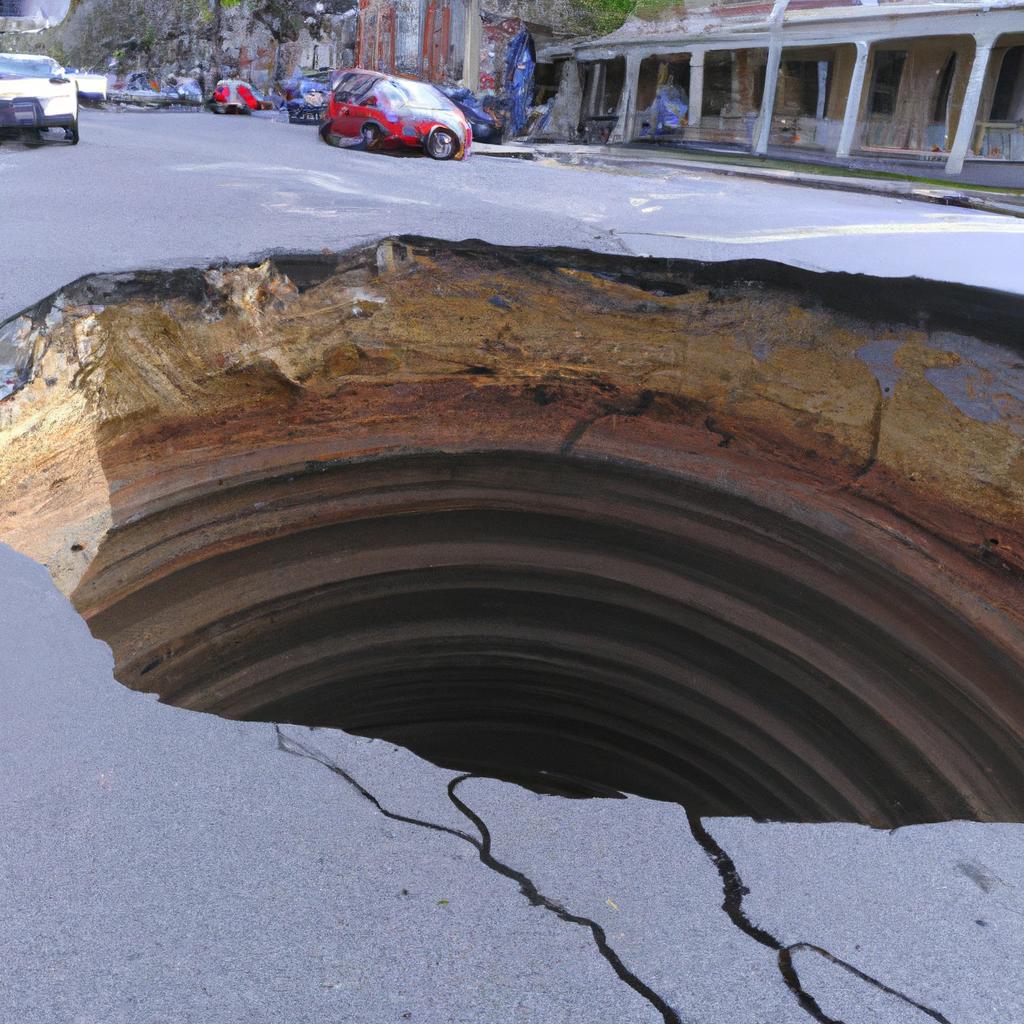Sinkholes, one of the most captivating natural phenomena, continue to bewilder scientists and enthrall tourists around the world. They materialize when subterranean water dissolves rock or soil beneath the surface, creating cavities ranging from merely a few feet to hundreds of feet in diameter. While sinkholes can manifest anywhere, some take precedence due to their extraordinary size and allure. Join us on a journey to explore the planet’s greatest sinkhole, its implications for the environment, and other noteworthy sinkholes that captivate the imagination.
Unveiling the Largest Sinkhole
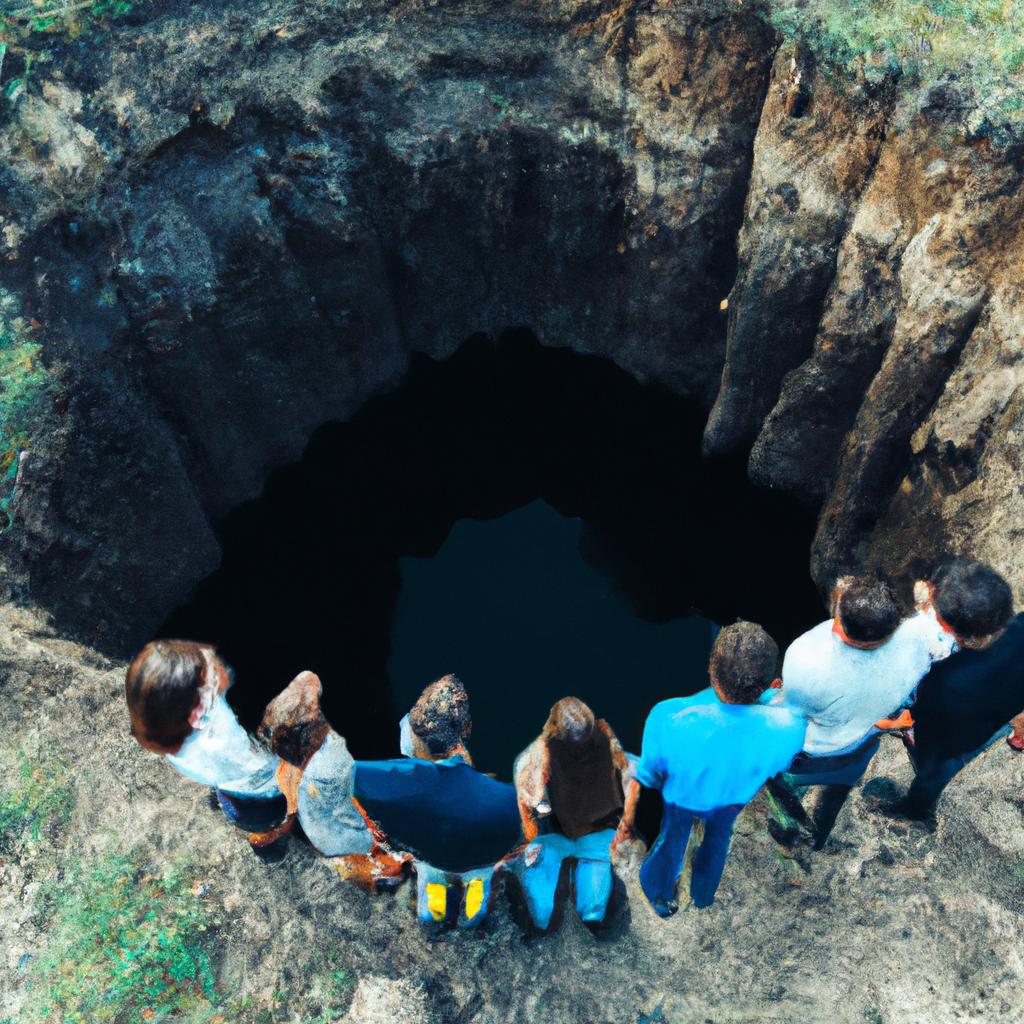
The Great Blue Hole in Belize assumes the title of the most colossal sinkhole worldwide. Stretching over 300 meters in diameter and descending 125 meters deep, this geological wonder located in the Lighthouse Reef beckons divers from across the globe. Its distinctive shape and crystalline water make it an irresistible destination for underwater explorers. The Great Blue Hole forms part of the Belize Barrier Reef Reserve System, a UNESCO World Heritage Site.
This immense sinkhole originated during the last Ice Age when sea levels stood significantly lower than they do today. Once a limestone cave system, the area was inundated as the sea level surged, its ceiling eventually collapsing to form the awe-inspiring chasm we behold today. With water exceeding 120 meters in depth, the hole shimmers in a mesmerizing cobalt hue, offering remarkable visibility due to minimal sediment levels. The Great Blue Hole’s unique ecosystem hosts various marine species, including sharks, rays, and giant groupers, benefiting scientific research on marine life’s adaptability to extreme conditions.
Venturing into Other Notable Sinkholes
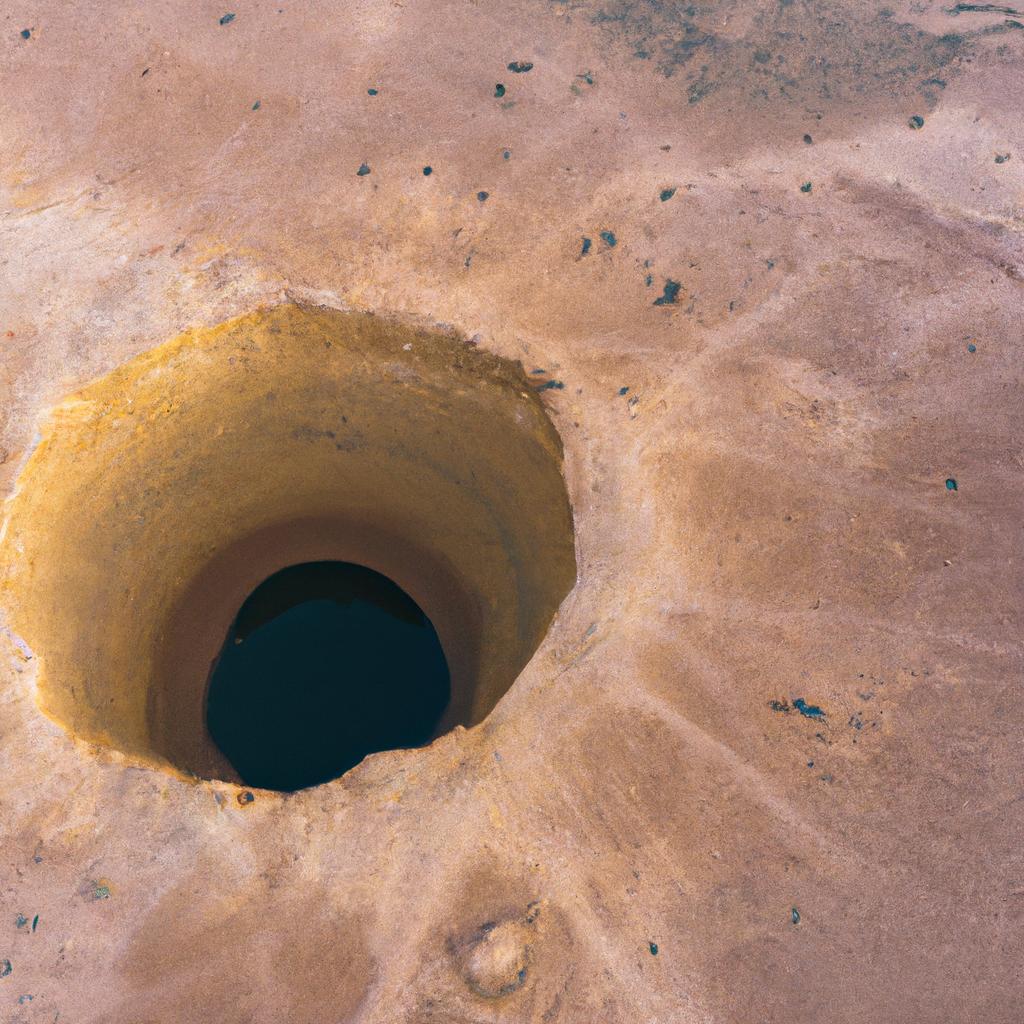
While the Great Blue Hole reigns supreme in size, it shares the stage with numerous other noteworthy sinkholes dispersed worldwide. The Dean’s Blue Hole in the Bahamas emerges as one of the most renowned examples, with its depth exceeding 200 meters and attracting free-diving enthusiasts and a rich diversity of marine life.
China boasts the Xiaozhai Tiankeng, the deepest sinkhole globally, plummeting over 600 meters and creating its own microclimate at the bottom, generating a distinct weather system.
Another esteemed sinkhole can be found in France – the Sinkhole of Padirac, descending over 100 meters. This cavern harbors an underground river and serves as the habitat for a myriad of bat species. Visitors may unravel its wonders via captivating boat tours.
Comprehending Sinkhole Prevention and Management
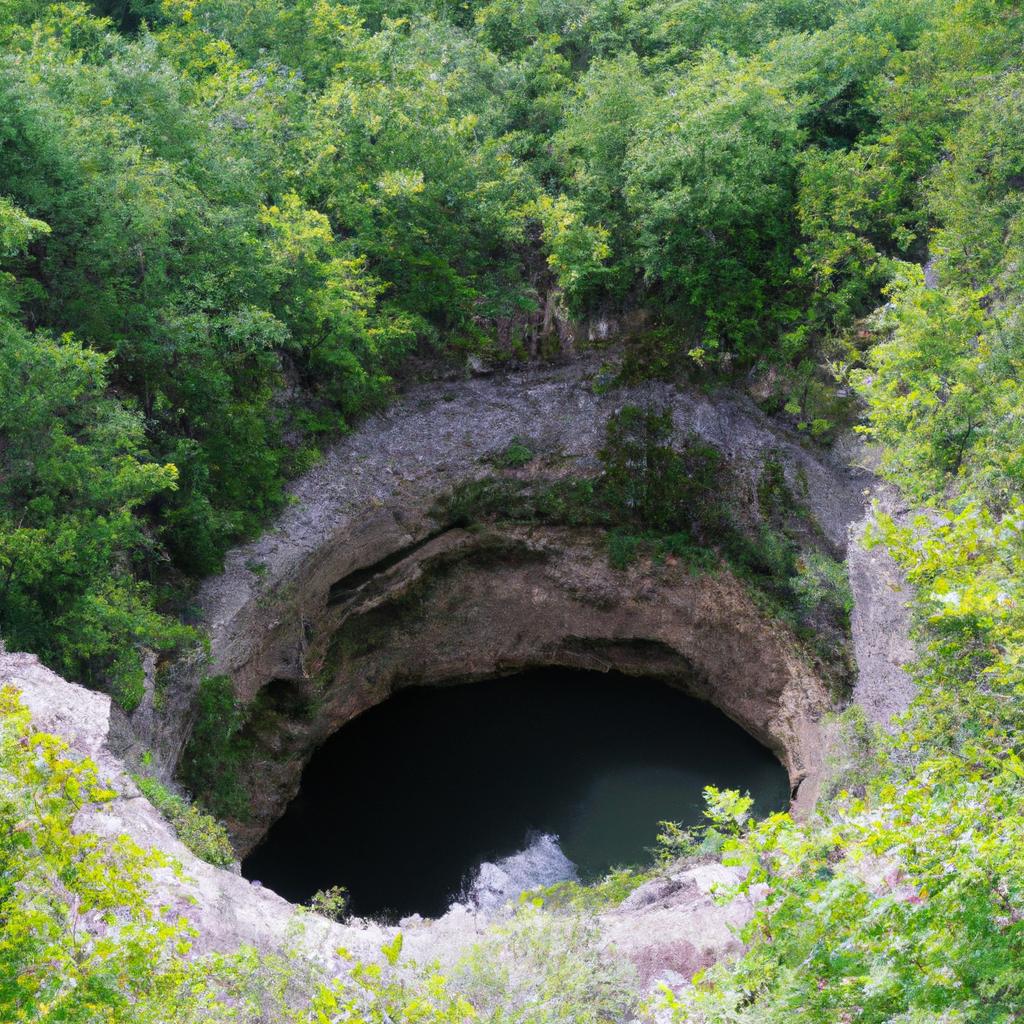
Sinkholes, both naturally occurring and human-made, grace every continent, exhibiting diverse shapes and sizes. Their impact on the environment and neighboring communities can be substantial. The Red Lake in Croatia, with its breathtaking depth of over 280 meters, attracts tourists from far and wide. The remarkable red tint of its water stems from the abundant iron content in the surrounding rock formations.
The Dead Sea in Israel holds an esteemed status as a sinkhole that claims Earth’s lowest elevation on land, positioned over 400 meters below sea level. Its extraordinary salt content renders it a sought-after haven for those seeking natural remedies for various skin ailments.
Among the human-made sinkholes, the Bingham Canyon Mine in Utah takes the spotlight. Descending over 1,200 meters, this colossal excavation represents one of the world’s most expansive open-pit mines. Since its establishment in 1907, it has yielded valuable minerals such as copper, gold, and silver.
The aftermath of sinkholes can encompass soil erosion, infrastructure damage, and disruptions to underground water supplies. In severe cases, buildings and homes may even succumb to their mighty force.
Nurturing Sinkhole Prevention and Management
Efforts to prevent sinkholes prove challenging, yet several measures can minimize the risk. Over-extraction of underground water, which can trigger ground collapse, must be avoided. Regular stability monitoring becomes paramount, especially in susceptible sinkhole-prone areas.
When a sinkhole emerges, proper management is vital. Ensuring the safety of nearby communities serves as the primary step, which may necessitate evacuations and area closures. Assessing the damage and determining the cause of the sinkhole follow suit. Repairs may be imperative to avert further devastation, contingent upon the sinkhole’s severity.
The significance of sinkhole prevention and management cannot be overstated, as they harbor the potential to inflict considerable harm upon the environment and adjacent communities. By proactively mitigating sinkhole risks and adequately managing their occurrence, we safeguard our planet’s precious natural wonders.
Pioneering Sinkhole Research and Studies
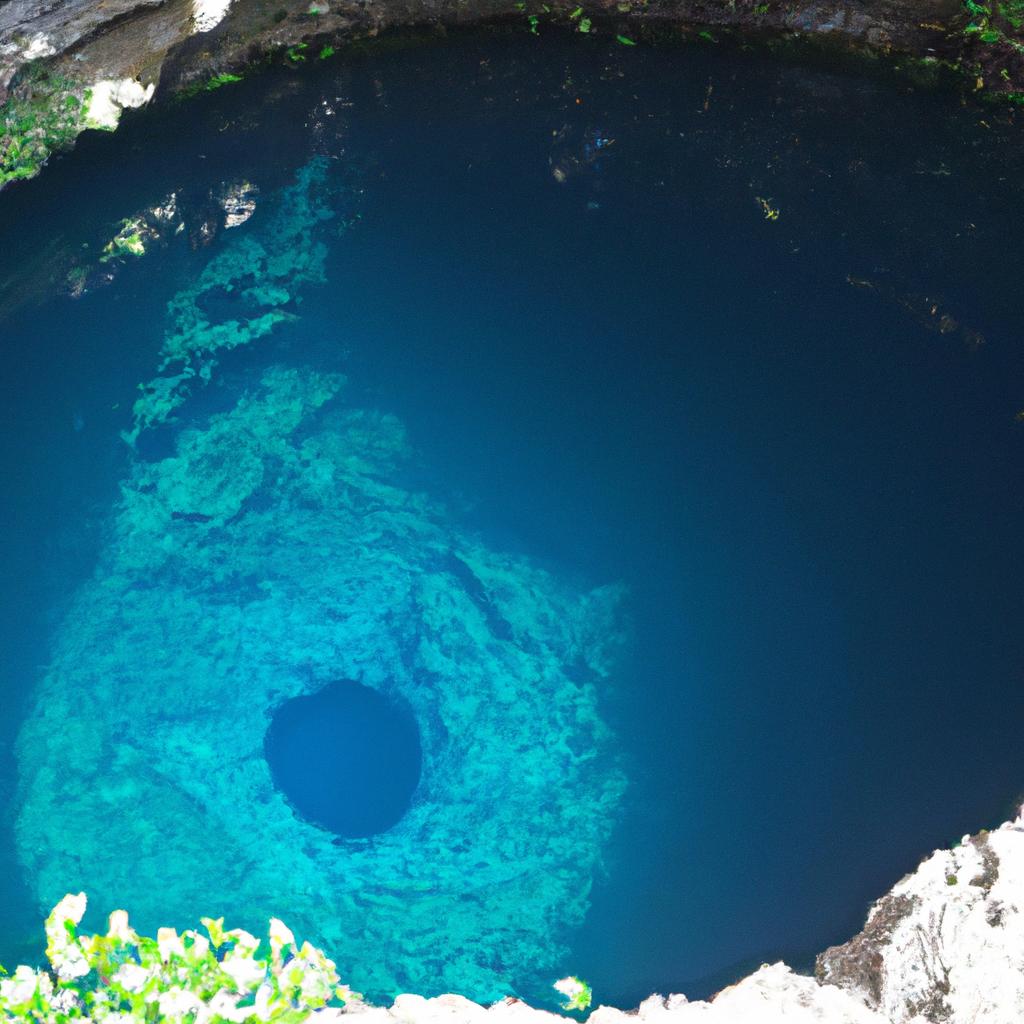
Unceasing research and studies on sinkholes remain essential for deepening our understanding of these captivating phenomena. One area of active exploration revolves around employing remote sensing technology to detect sinkholes before they manifest. By utilizing satellite imagery and other advanced techniques, scientists can identify regions prone to sinkholes and take preventive measures before their emergence.
Exploring the impact of sinkholes on the environment and adjacent communities constitutes another avenue of research. Infrastructure, such as roads and buildings, suffers substantial damage, while the local ecosystem may also endure adverse consequences. Acquiring insights into these impacts equips communities with better preparation strategies, enabling the mitigation of sinkhole ramifications.
Future research endeavors focus on enhancing sinkhole prevention and management methodologies. This encompasses identifying the root causes of sinkhole formation and devising effective measures to impede them. Additionally, researchers strive to refine sinkhole prediction capabilities, empowering communities to adopt preemptive strategies even before a sinkhole materializes.
Unraveling the Enigma
To conclude, sinkholes stand as one of the most captivating natural wonders the world beholds. The Great Blue Hole claims the throne as the most colossal sinkhole, attracting the attention of tourists and scientists alike. Meanwhile, the Dean’s Blue Hole, Xiaozhai Tiankeng, and the Sinkhole of Padirac join the ranks of other notable sinkholes that mesmerize our imaginations.
Preventing and managing sinkholes represents an imperative duty, mitigating the potential harm these geological marvels can impose. Unwavering research and studies shed light on the enigmatic nature of sinkholes, forging innovative methods for prevention and management. As we continue unearthing the Earth’s natural splendors, let us remain vigilant of potential risks and embrace measures to protect our environment and communities.
At TooLacks, we remain committed to delivering the latest news and information concerning nature, gardening, and animals. Stay connected for more captivating content from our team of experts. Visit us at TooLacks to discover more!
